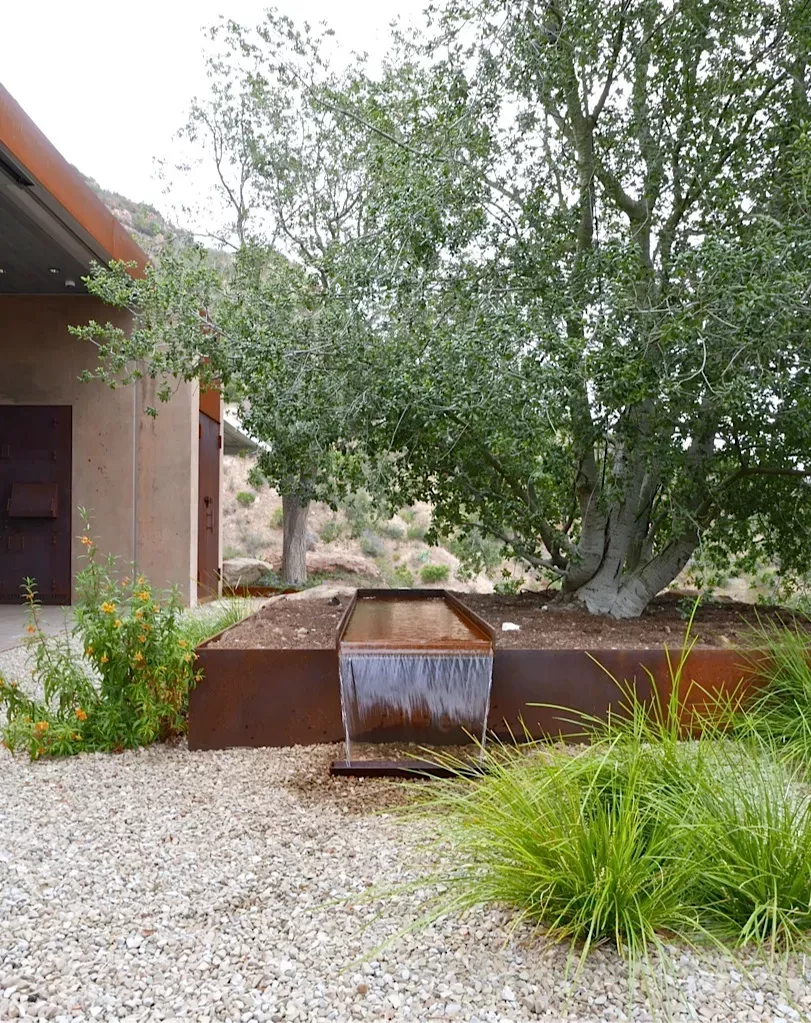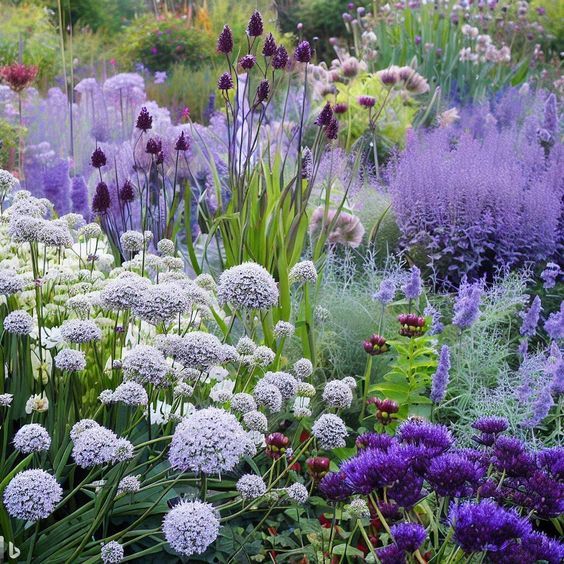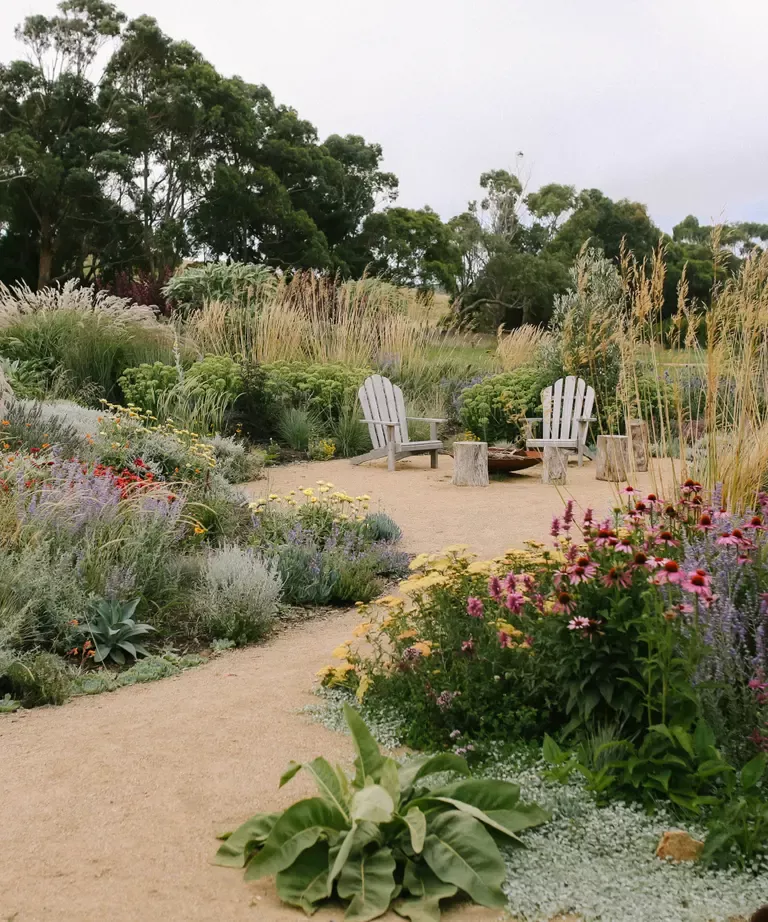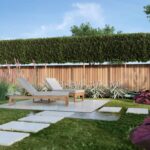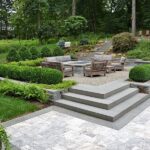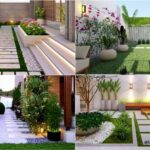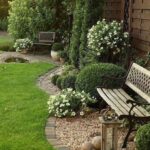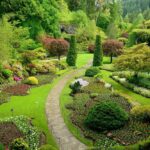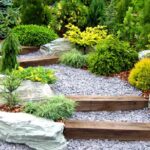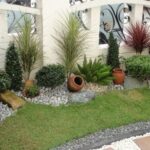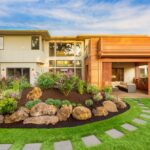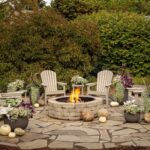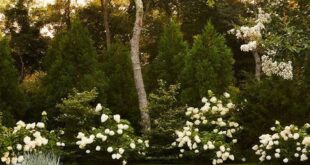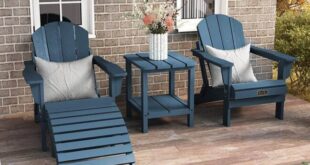Garden landscape design is an integral part of creating a beautiful and functional outdoor space. It involves planning and arranging various elements such as plants, pathways, water features, and seating areas to create a cohesive and visually appealing design. A well-designed garden landscape can enhance the overall look of a property and provide a tranquil and inviting atmosphere for homeowners and visitors to enjoy.
One of the key principles of garden landscape design is balance. This involves creating a harmonious arrangement of plants and hardscape elements that complement each other and create a sense of cohesion in the space. Balance can be achieved through the careful selection and placement of plants, as well as the use of paths, walls, and other structural elements to create a sense of symmetry and visual balance.
Another important aspect of garden landscape design is scale and proportion. It is essential to consider the size and shape of the space, as well as the size and growth habits of the plants, when designing a garden landscape. By carefully choosing plants and hardscape elements that are proportionate to the space, designers can create a well-balanced and visually pleasing garden that feels comfortable and inviting.
Creating focal points is another key element of garden landscape design. Focal points are areas or features that draw the eye and create visual interest in the garden. This can be achieved through the use of an eye-catching plant, a sculptural element, or a water feature that serves as a central point of interest in the garden landscape. Focal points can help to create depth and dimension in the space, as well as provide a sense of movement and visual flow.
Incorporating texture and color is also important in garden landscape design. By mixing different textures and colors of plants, as well as incorporating a variety of materials such as stone, wood, and metal, designers can create a rich and dynamic visual experience in the garden. Texture can be introduced through the use of plants with different leaf shapes and sizes, while color can be added through the selection of flowers and foliage that complement each other and create a harmonious color scheme.
Lastly, garden landscape design should take into consideration the specific needs and desires of the homeowner. This may include creating outdoor living spaces for entertaining, incorporating edible plants for a kitchen garden, or designing a low-maintenance garden for busy homeowners. By working closely with the homeowner to understand their preferences and lifestyle, designers can create a garden landscape that not only looks beautiful but also functions well and meets the needs of the homeowner.
 yishifashion Where Outdoor Dreams Become Reality
yishifashion Where Outdoor Dreams Become Reality
